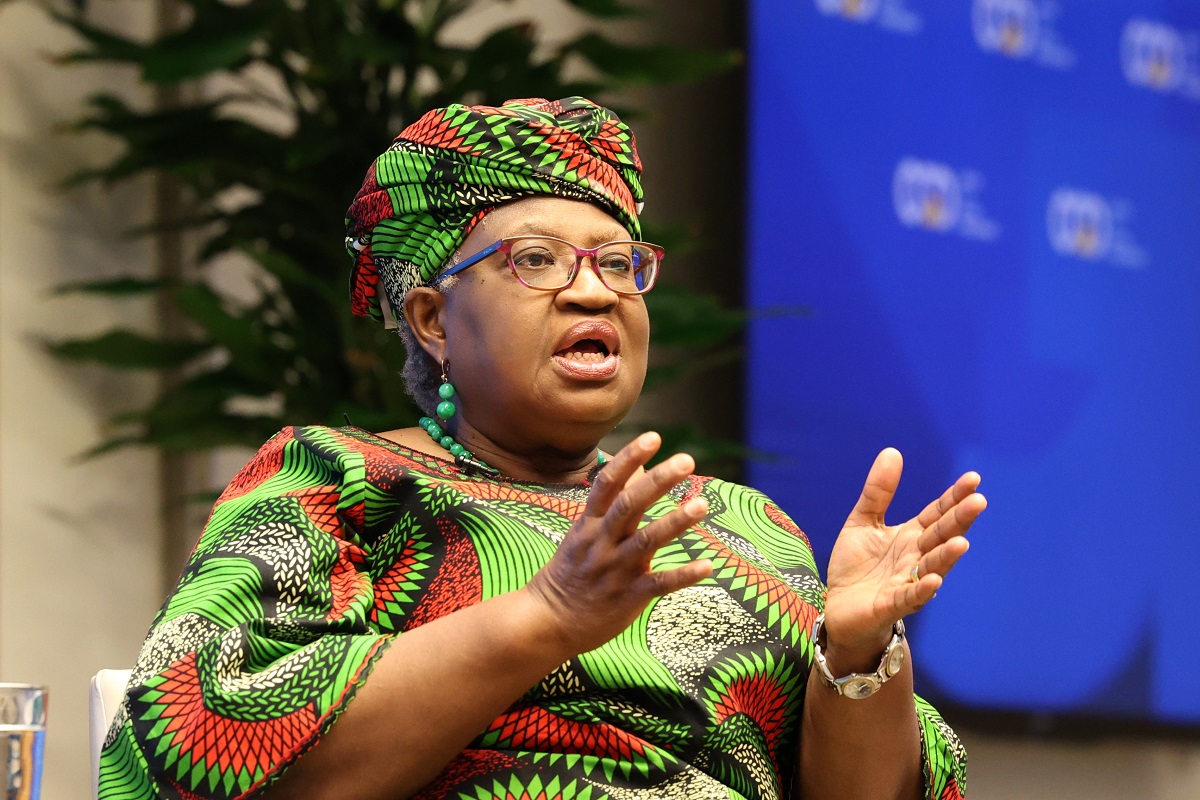A new study, Winners and Losers: Impact of the Doha Round on Developing Countries by Sandra Polaski of the Carnegie Endowment for International Peace, is similar to others from the World Bank and International Food Policy Research Institute in finding modest but positive benefits for most countries from various Doha Round scenarios. The study estimates the benefits of moving to global free trade at $160 billion; that’s slightly higher than the comparable figure in a recent World Bank study ($130 billion), but lower than William Cline's previous results using different data and assumptions ($230 billion), in Trade Policy and Global Poverty.There are two key differences between the Carnegie study and others, however. Perhaps the most surprising result is that the gains from agricultural liberalization are only about 10 percent of the total potential gains in the central scenario and developing countries as a group actually lose slightly from agricultural liberalization alone. This is in sharp contrast to the conventional wisdom that agriculture is the key to a successful Doha round and contradicts other studies, which find that 50 to 60 percent of total gains would come from agriculture. Unfortunately, there is not enough information in the report to determine the reasons for this divergence, making it difficult to assess its significance.The other key difference, which is oddly not highlighted in the report, is that the share of total gains accruing to developing countries is far higher than in most other studies. This could be due to the major innovation in the new study, which is that Polaski drops the common simplifying assumption that there is no such thing as unemployment in developing countries. Relative to the usual assumption of full employment, allowing for surplus labor in developing countries roughly doubles their potential gains. In most of the scenarios tested, the Carnegie study finds that developing countries capture about half of the potential gains from trade liberalization, while most other studies find that they gain more than rich countries as a share of national income but far less in absolute dollar terms, because their economies are so much smaller. These results are intriguing but may be overly optimistic because the tariff cuts that developing countries are assumed to undertake are higher than is likely to occur in the real world.Finally, the finding that some least-developed countries could suffer net losses from the partial liberalization contemplated in the Doha Round is not new. Many studies, like Polaski's, find that Bangladesh and some Sub-Saharan African countries could be net losers because they are net food importers and benefit from preferential access in the European and American markets. These results are not surprising, however, because the least-developed countries are not being asked to do any liberalization in this round, meaning that potential terms of trade losses from higher food prices and preference erosion cannot be offset with efficiency gains from improved allocation of resources. All of these studies, including Polaski's, also find that nearly all developing countries, including the poorest, would experience net gains if they undertook more liberalization themselves.
CGD blog posts reflect the views of the authors, drawing on prior research and experience in their areas of expertise.
CGD is a nonpartisan, independent organization and does not take institutional positions.





